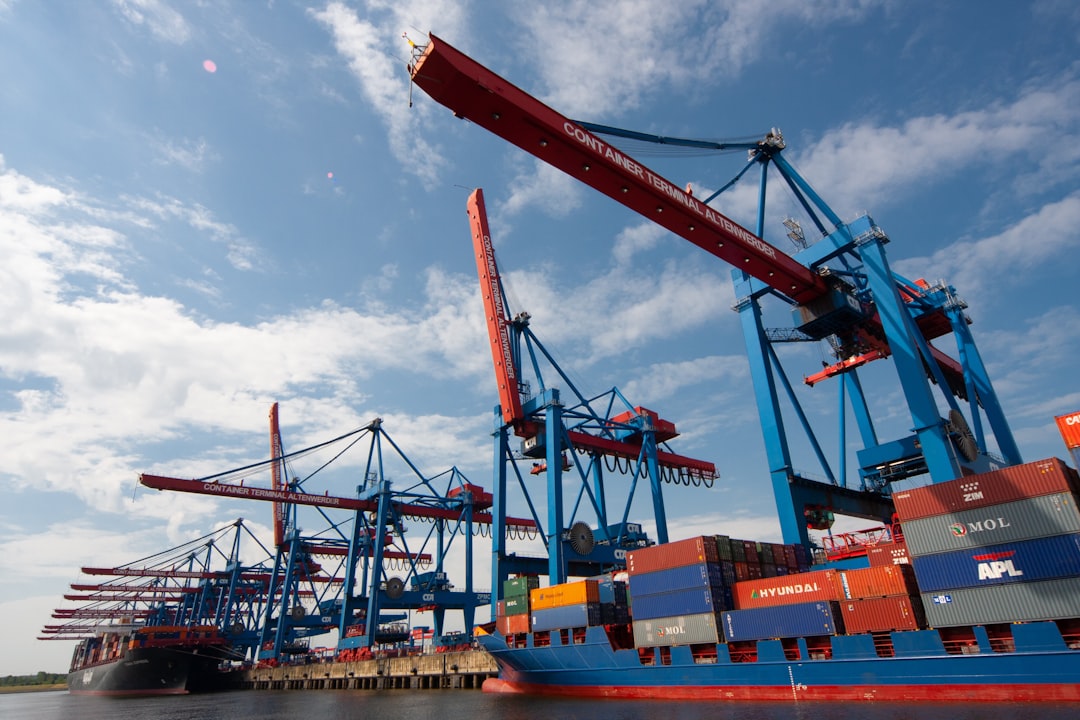
Decoupling between the United States and China is accelerating rapidly, with both nations dismantling economic ties through higher tariffs and an expanding array of non?tariff barriers, according to a new note from Capital Economics.
Key Takeaways
Overdrive Decoupling
“U.S.?China decoupling is going into overdrive,” driven by escalating reciprocal tariffs and fresh barriers that extend beyond simple duties.
Tariff Trajectory
Elevated duties on both sides now suggest that most bilateral trade could cease within a couple of years if current trends persist.
Non?Tariff Measures
Recent moves include tighter U.S. export controls on advanced semiconductors and China’s suspension of Boeing deliveries and postal parcel services.
Skepticism on a “Big Deal”
Despite former President Trump’s stated openness to negotiate, Capital Economics warns not to count on any substantive reset of U.S.–China relations.
Looking Ahead: Investment Flows as the Next Front
“America First Investment Policy”
Released in February, this policy outlines potential restrictions such as delisting Chinese firms from U.S. exchanges and curbing cross?border capital flows.
Future Battleground
If decoupling continues, investment flows—from venture capital to public equity—are likely the next area of contention.
Real?Time Forex Monitoring
As the U.S. and China drift apart economically, currency markets—especially the USD/CNY pair—become critical indicators of the relationship’s health. Track real-time exchange rates via the? Forex Daily API from Financial Modeling Prep.
Capital Economics’ outlook underscores a shift from targeted trade friction to broad economic disengagement. With tariffs and non?tariff barriers set to tighten, both governments appear poised for a long?term restructuring of one of the world’s most significant economic relationships.

